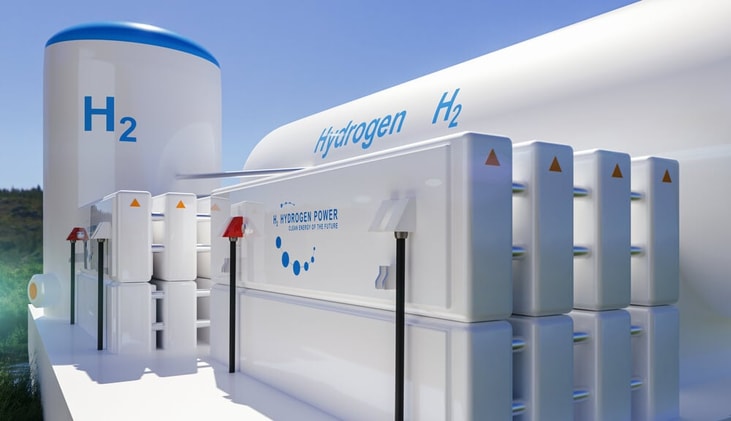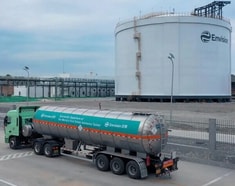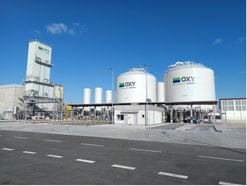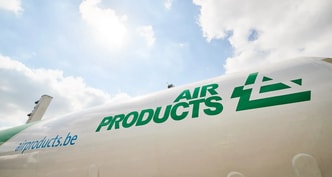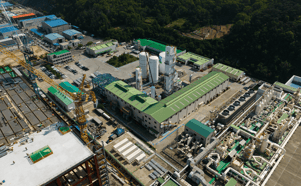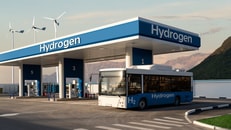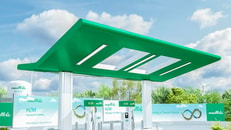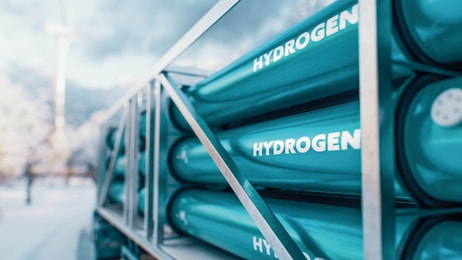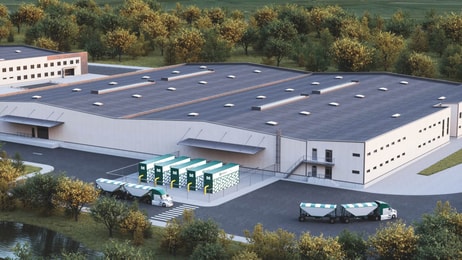US DOE makes multi-million-dollar hydrogen funding announcement
The US Department of Energy (DOE) has announced nearly $42m in funding to advance critical technologies for producing, storing, and deploying clean hydrogen.
22 projects in 14 states are set to benefit from the capital as part of the DOE’s goal to achieve President Biden’s goal to reach Net Zero carbon emissions by 2050.
US Secretary of Energy Jennifer M. Granholm said the investment is a bold step in addressing hard to decarbonise sectors by working directly with states to make hydrogen an available clean energy source.
In addition to the $42m for hydrogen efforts, the DOE has also announced $17.8m to establish a North American university consortium that will help implement grid resilience programmes to reach a 100% clean electrical grid by 2035.
... to continue reading you must be subscribed

